What is generative AI, and how does it work
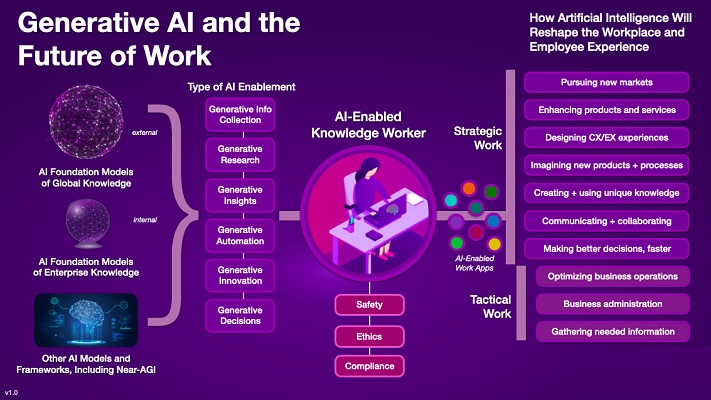
What is generative AI? Generative AI is an artificial intelligence that creates new content, such as text, images, music, audio, and videos, based on patterns learned from existing data. It works by utilizing machine learning models, specifically large, pre-trained neural networks, to analyze data structures and generate outputs that closely resemble the original training data. This technology focuses on producing original content, including chat responses, designs, synthetic data, and deepfakes, by recognizing and replicating underlying patterns. Unlike traditional AI, which follows predefined rules, generative AI continuously learns and improves through vast amounts of training data. By leveraging these capabilities, it has transformed various fields, including content creation, automated design, and data synthesis.
Moreover, generative AI prioritizes creating new, unique content over pattern recognition. To generate data that resembles human-created material, such as images, text, music, and videos, it utilizes models like GANs and autoregressive models. These models can generate original and valuable content by learning from previously collected data, with applications ranging from the arts to the development of new drugs. Ethical considerations are essential for addressing potential issues, such as deepfakes and fake news.
How does generative AI work?
Generative AI relies on algorithms and models trained on a diverse range of input data. For instance, GANs consist of two components:
Generator: Produces data by turning random noise into coherent outputs, such as images or text.
Discriminator: Evaluates the authenticity of the generated data by comparing it to real samples, providing feedback to improve the generator's performance.
Over time, the generator improves at creating realistic content, enabling generative AI to produce a range of outputs, from photo-realistic images to human-like conversational text.
Real-Life Examples of Generative AI
Generative AI is already impacting a wide range of industries. Some prominent examples include:
Nike: Using generative AI for product design mockups.
Netflix: Generating personalized content thumbnails.
Amazon: Creating compelling product listings and improving advertising creatives.
Duolingo: Leveraging GPT-4 for conversational practice.
L'Oréal: Designing new cosmetic products using AI-driven innovation.
These examples illustrate the practical applications of generative AI, demonstrating how companies utilize this technology to enhance creativity, improve efficiency, and deliver personalized experiences.
What is behind the sudden hype about generative AI?
Generative AI has already gained widespread reach among people globally and achieved its peak in various fields. The fields such as Fashion Design, Video Game Development, Drug Discovery, Architecture and Design, Healthcare and Medical Imaging, Natural Language Processing, Finance and Trading Strategies, Marketing and Advertising, Manufacturing and Engineering, Robotics and Automation, and many others utilize generative AI.
As the demand for generative AI hits the headline, in 2022, ChatGPT launched a chatbot competent in human-seeming interactions. As individuals and businesses find more cutting-edge uses for technology in their daily lives and work, generative AI's influence will increase.
What drives this interest?
The growing demand for hyper-personalization, the ability to streamline processes, and the constant evolution of AI capabilities have propelled generative AI into the spotlight. As companies discover more innovative ways to implement this technology, its transformative potential continues to expand, making it a central player in the future of AI-driven solutions.
Top Benefits and Real-World Applications of Generative AI in 2025
Generative AI offers a wide range of benefits and applications across various fields. The reason and significant advantage of using generative is:
Generative AI offers a variety of advantages:
Creativity Amplification: Inspires new ideas and artistic expressions.
Automation: Speeds up repetitive tasks.
Personalization: Delivers tailored experiences and content.
Data Augmentation: Enhances datasets for machine learning.
Innovation: Unlocks new possibilities in design, research, and problem-solving.
Efficiency and Cost Reduction: Automates content and process generation, saving resources.
11 Powerful Uses of Generative AI in Industries Today
Generative AI has a multitude of uses across various domains and industries. Some of the primary benefits include:
1. Gen AI in Content Creation:
It helps generate text, images, videos, and other media for marketing, advertising, and entertainment. It Generate text for articles, blogs, and social media posts using the Gen AI tools like Chat GPT, Gemini, Bard, Deep seek, etc.
2. Gen AI in Healthcare: Generative AI assists in medical image analysis, drug discovery, and personalized treatment planning.
Generative AI tools in healthcare:
1. Medical chatbots
2. Decision support systems (DSS)
3. Patient models
4. Simulations
3. Gen AI in Gaming:
Generative AI creates game environments, characters, narratives, and dynamic gameplay experiences. Moreover, it helps create virtual environments, landscapes, and terrains for video games. Generative AI tools used in gaming include Midjourney, Dall-e 3 and many others.
4. Gen AI in Natural Language Processing:
It powers chatbots, language translation, content generation, and sentiment analysis.
5. Gen AI in Finance:
Generative AI is used for risk assessment, fraud detection, algorithmic trading, and financial modeling. Some generative AI tools used in finance include Datarails, AlphaSense, and Stampli.
6. Generative AI in Robotics:
Generative AI contributes to robotic motion planning, design optimization, and behavior generation.
7. Generative AI in Marketing:
It assists in generating personalized marketing content, suggestions, and customer engagement strategies. Moreover, aid in crafting engaging content for social media and online platforms. Generative AI marketing tools like ChatGPT, GPT-4, custom GPTs, Midjourney are commonly used to generate text content like blog posts, social media captions, ad copy, etc.
8. Generative AI in Human:
Computer Interaction: Generative AI enables more natural and dynamic interactions between humans and machines.
9. Generative AI in Design and Architecture:
Gen AI used in creating architectural designs, interior layouts, and 3D models. Generative AI tools like Midjourney, DALL-E, Maket, Adobe Firefly, Luma 3D Capture, and BricsCAD are commonly used to create design concepts.
10. Generative AI in Art and Creativity:
Gen AI generates visual artwork, digital paintings, and sculptures. Most popular tools like Stable Diffusion, AI-generated music used for streamlining workflows, generating new ideas, and enhancing creativity.
11. Generative AI in Music and Sound:
Gen AI used in synthesizing sounds and effects for games, movies, and virtual reality experiences. Some of the Generative AI tools for music and sound include AIVA, MusicLM, Jukebox, Beatoven.ai, Dreamtonics Synthesizer V, and LANDR
These applications show generative AI's adaptability and potential influence in transforming numerous industries, boosting creativity, automating tasks, and providing essential insights. New and inventive use cases are expected to develop as technology advances.
Generative AI: Pros and Cons
Like any technology, generative AI has both strengths and challenges:
Gen AI Pros
1. Speeds up content creation
2. Aids innovation in design
3. Enables personalized experiences
4. Reduces operational costs
Gen AI Cons
1. Can produce inaccurate or biased outputs
2. Potential for job displacement
3. Raises ethical concerns like deepfakes
4. Legal challenges in copyright
Generative AI in 2025 and Beyond
Key trends to watch:
Generative AI growth statistics: The market size is expected to reach $66.62 billion by 2030, growing at a CAGR of 34.6% from 2023 to 2030 (Source: Grand View Research).
Adoption in business: By 2025, 60% of marketing teams plan to integrate generative AI into their workflows (Source: Salesforce State of Marketing Report 2024).
Increased user base: As of late 2023, over 100 million people use ChatGPT each month (Source: OpenAI internal data).
Key business enabler: 92% of leading companies consider generative AI a critical factor for future success (Source: McKinsey Global Survey 2024).
What is next for generative AI?
The future of generative AI lies in its ability to deliver hyper-personalized experiences, streamline operations, and unlock new realms of creativity. As the technology matures, it is expected to play a pivotal role in shaping industries, creating more engaging content, and enhancing the way we interact with technology.
What are some examples of generative AI tools?
- OpenAI's DALL-E: Generates images from text descriptions.
- OpenAI's GPT series: Generates human-like text based on prompts.
- AIVA: Generates original music compositions.
- ChatGPT: Engages in conversational interactions using natural language.
- GANPaint Studio: Edits images using GAN-based algorithms
- VQ-VAE-2: Generates high-quality images from textual descriptions.
Moreover, based on the field, the generative AI will differ.
What is the Future of Generative AI? Key Trends and Insights
The future of generative AI promises to usher in a new era of creativity and invention. With hyper-personalization as its foundation, generative AI will enable personalized experiences in entertainment, marketing, and beyond. As generative AI transforms industries and interactions, its revolutionary force promises to shift our perceptions of technology, human inventiveness, and the creative process.
We hope this information has given you a profound understanding of the generative AI advantage and its benefits in various fields. So, pursuing a career in such a demanding field will increase your career prospect and streamline your growth in booming technologies.
Take the next step towards your professional goals in Generative AI For Software Development
Don't hesitate to talk with our course advisor right now
Receive a call
Contact NowMake a call
+1-732-338-7323Latest blogs on technology to explore
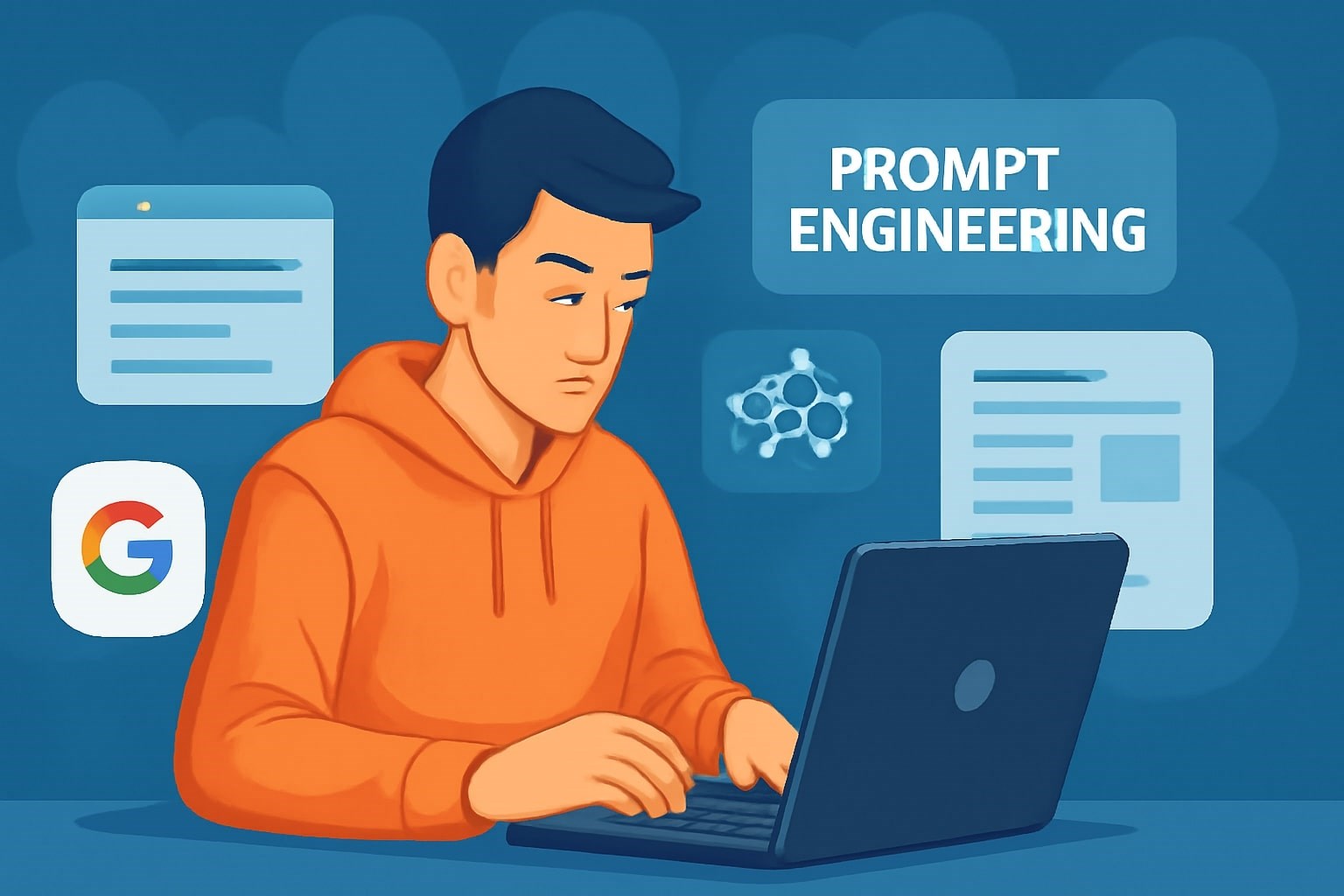
From Student to AI Pro: What Does Prompt Engineering Entail and How Do You Start?
Explore the growing field of prompt engineering, a vital skill for AI enthusiasts. Learn how to craft optimized prompts for tools like ChatGPT and Gemini, and discover the career opportunities and skills needed to succeed in this fast-evolving indust

How Security Classification Guides Strengthen Data Protection in Modern Cybersecurity
A Security Classification Guide (SCG) defines data protection standards, ensuring sensitive information is handled securely across all levels. By outlining confidentiality, access controls, and declassification procedures, SCGs strengthen cybersecuri
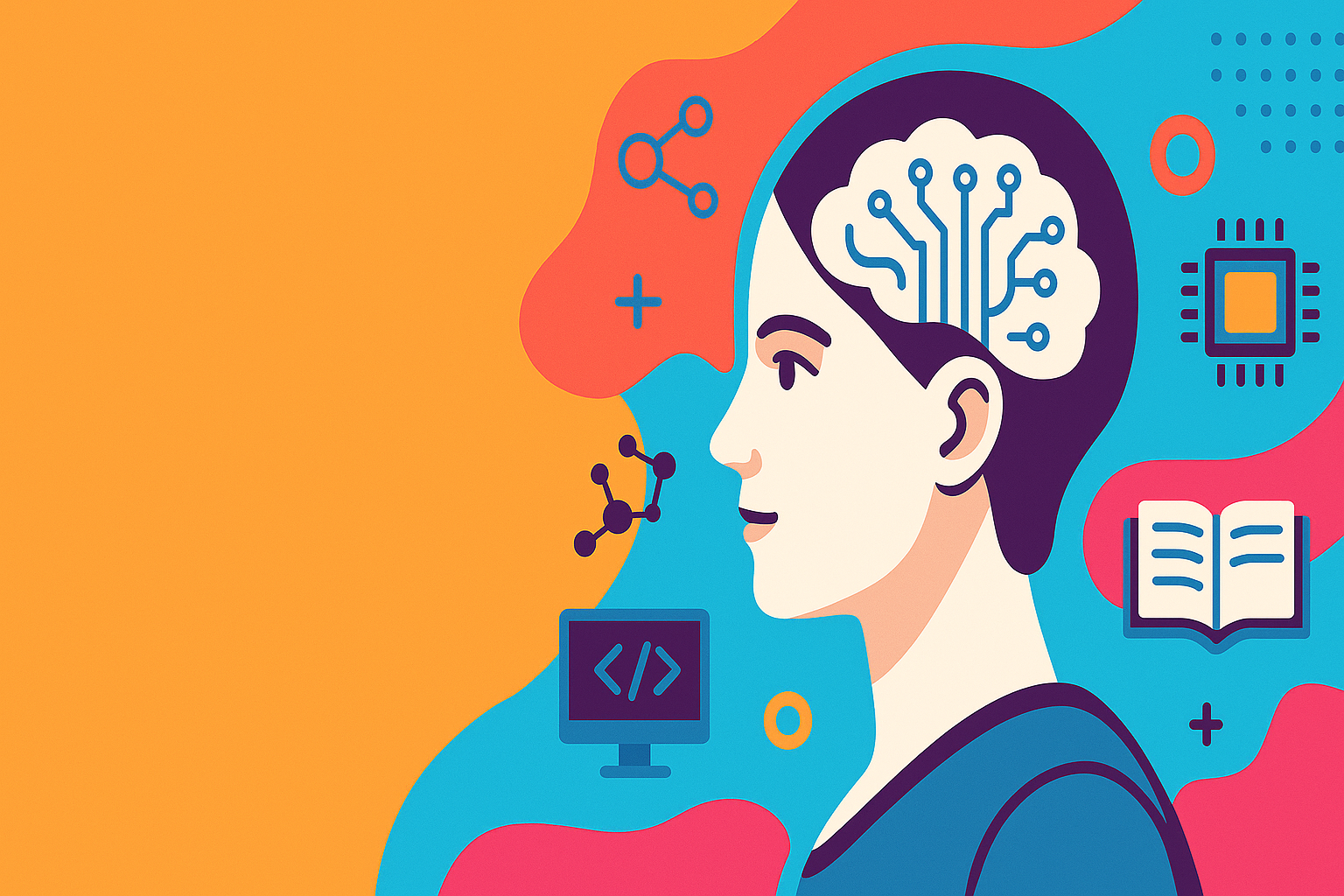
Artificial Intelligence – A Growing Field of Study for Modern Learners
Artificial Intelligence is becoming a top study choice due to high job demand and future scope. This blog explains key subjects, career opportunities, and a simple AI study roadmap to help beginners start learning and build a strong career in the AI
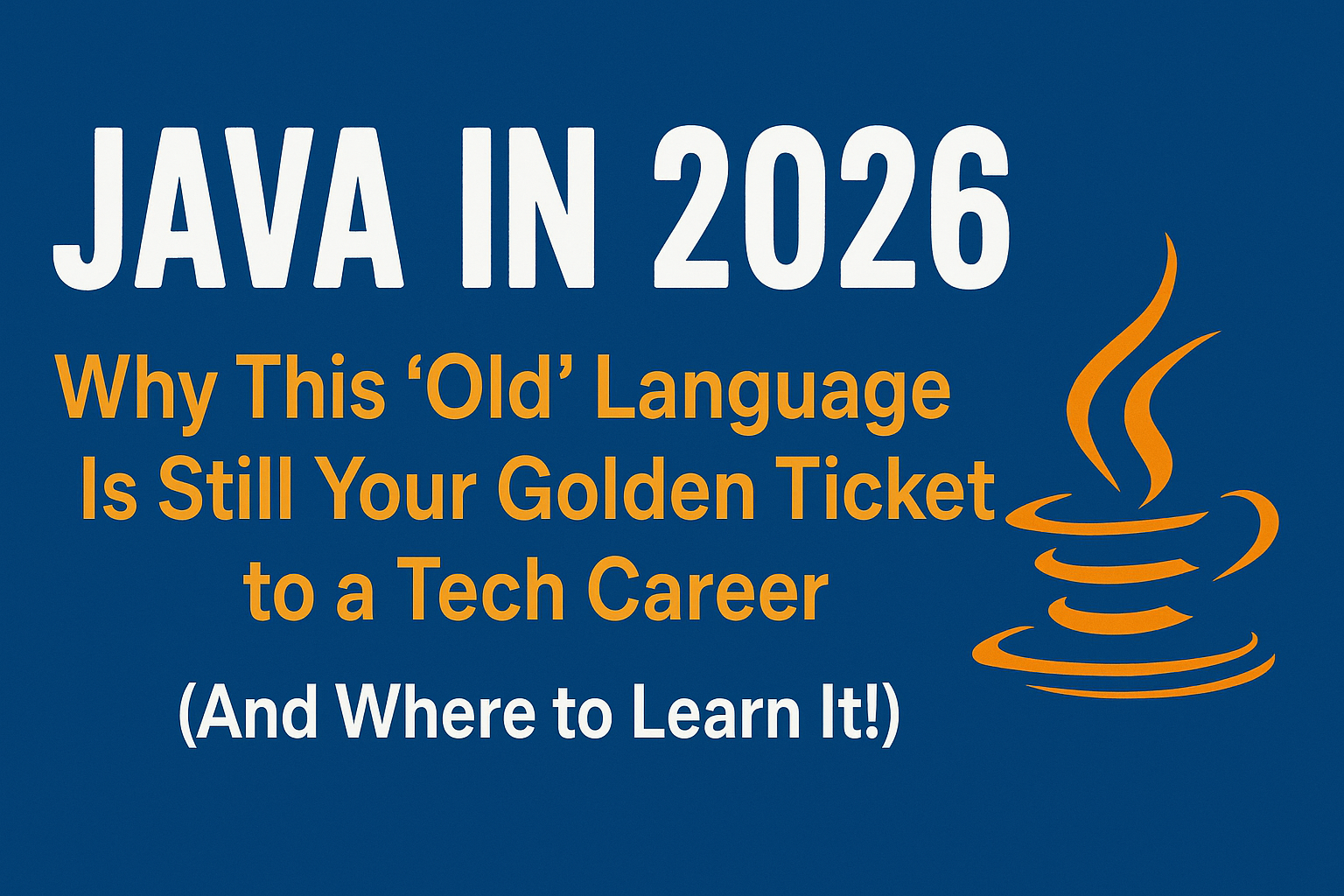
Java in 2026: Why This ‘Old’ Language Is Still Your Golden Ticket to a Tech Career (And Where to Learn It!
Think Java is old news? Think again! 90% of Fortune 500 companies (yes, including Google, Amazon, and Netflix) run on Java (Oracle, 2025). From Android apps to banking systems, Java is the backbone of tech—and Sulekha IT Services is your fast track t
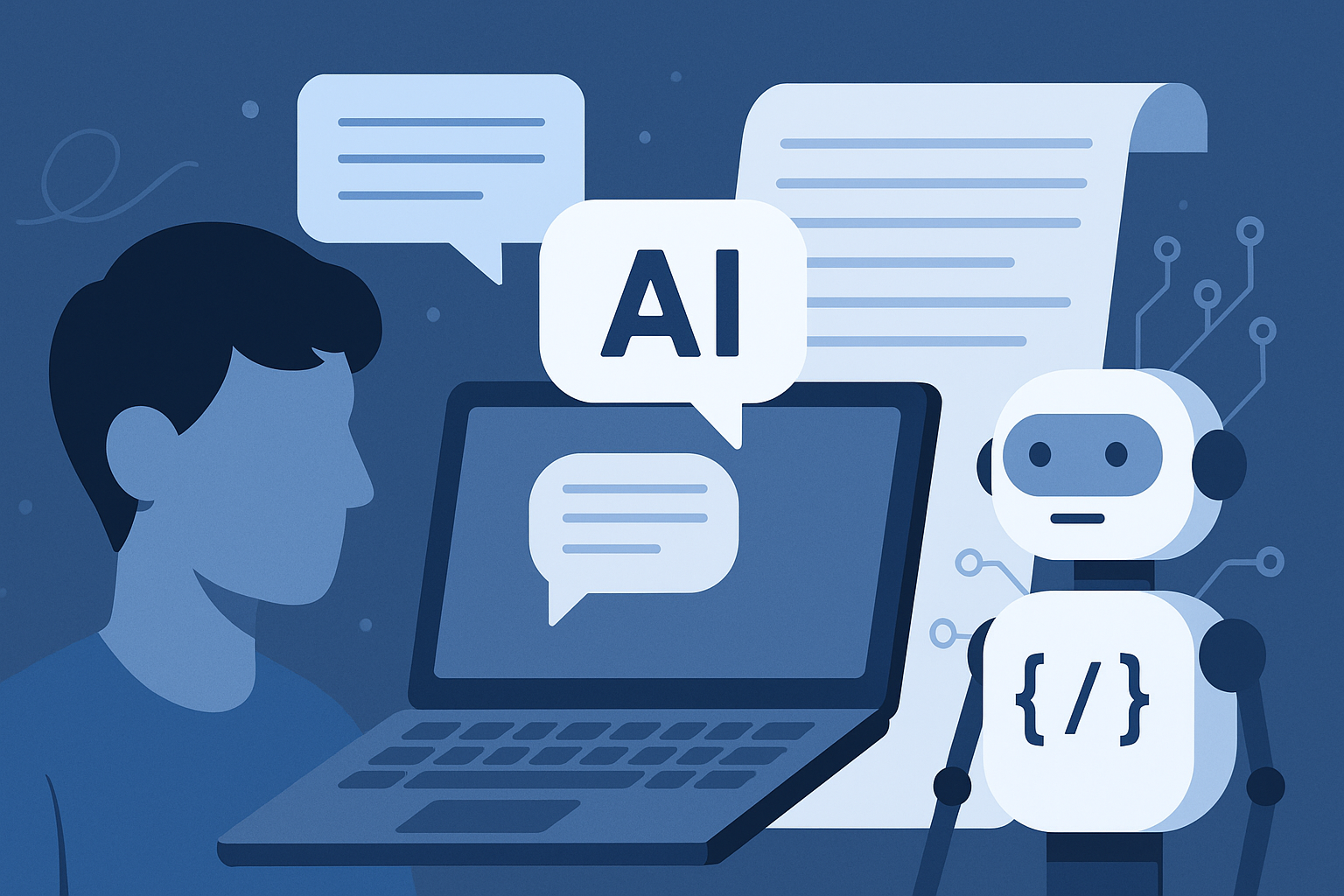
From Student to AI Pro: What Does Prompt Engineering Entail and How Do You Start?
Learn what prompt engineering is, why it matters, and how students and professionals can start mastering AI tools like ChatGPT, Gemini, and Copilot.

Cyber Security in 2025: The Golden Ticket to a Future-Proof Career
Cyber security jobs are growing 35% faster than any other tech field (U.S. Bureau of Labor Statistics, 2024)—and the average salary is $100,000+ per year! In a world where data breaches cost businesses $4.45 million on average (IBM, 2024), cyber secu

SAP SD in 2025: Your Ticket to a High-Flying IT Career
In the fast-paced world of IT and enterprise software, SAP SD (Sales and Distribution) is the secret sauce that keeps businesses running smoothly. Whether it’s managing customer orders, pricing, shipping, or billing, SAP SD is the backbone of sales o

SAP FICO in 2025: Salary, Jobs & How to Get Certified
AP FICO professionals earn $90,000–$130,000/year in the USA and Canada—and demand is skyrocketing! If you’re eyeing a future-proof IT career, SAP FICO (Financial Accounting & Controlling) is your golden ticket. But where do you start? Sulekha IT Serv
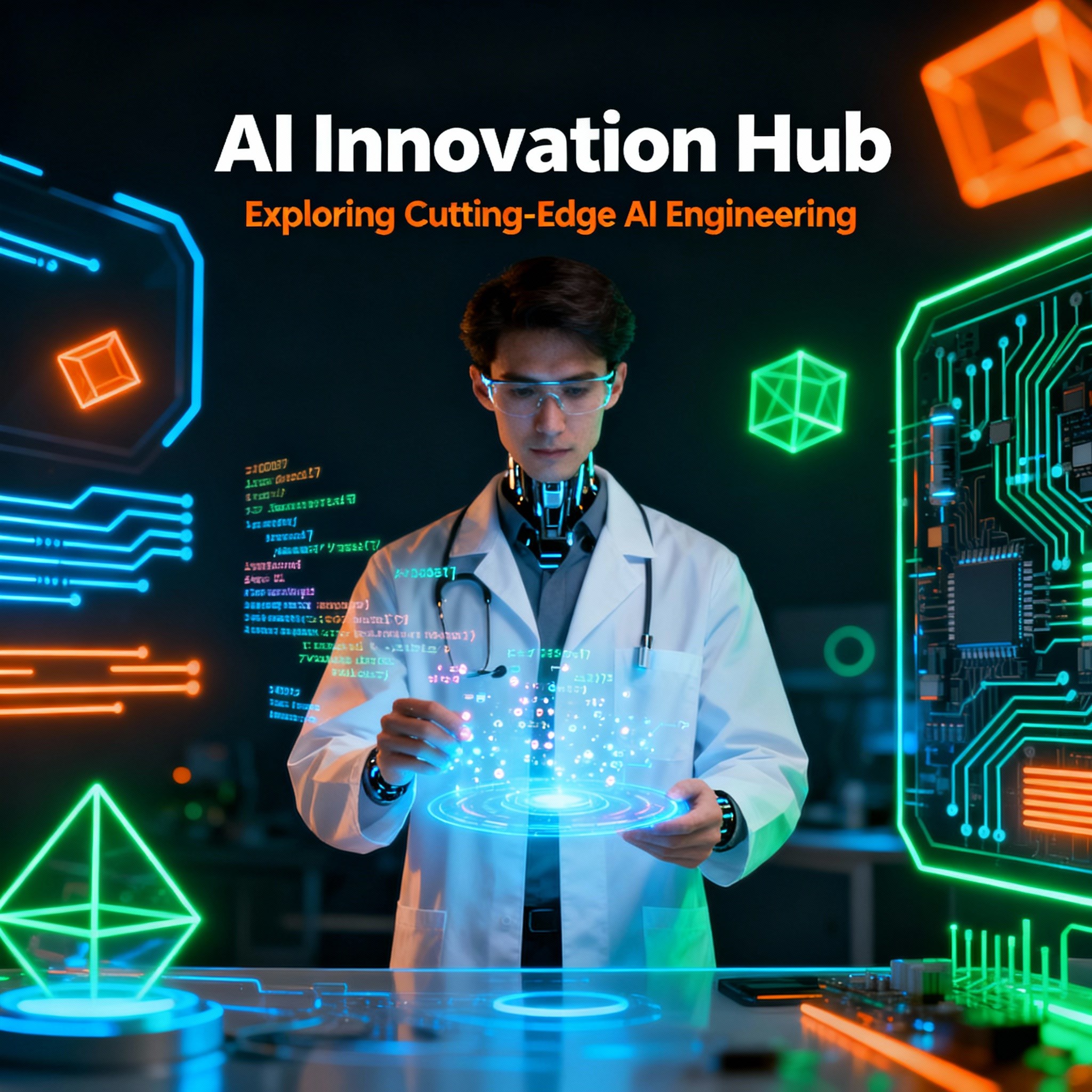
Train Like an AI Engineer: The Smartest Career Move You’ll Make This Year!
Why AI Engineering Is the Hottest Skillset Right Now From self-driving cars to chatbots that sound eerily human, Artificial Intelligence is no longer science fiction — it’s the backbone of modern tech. And guess what? Companies across the USA and Can
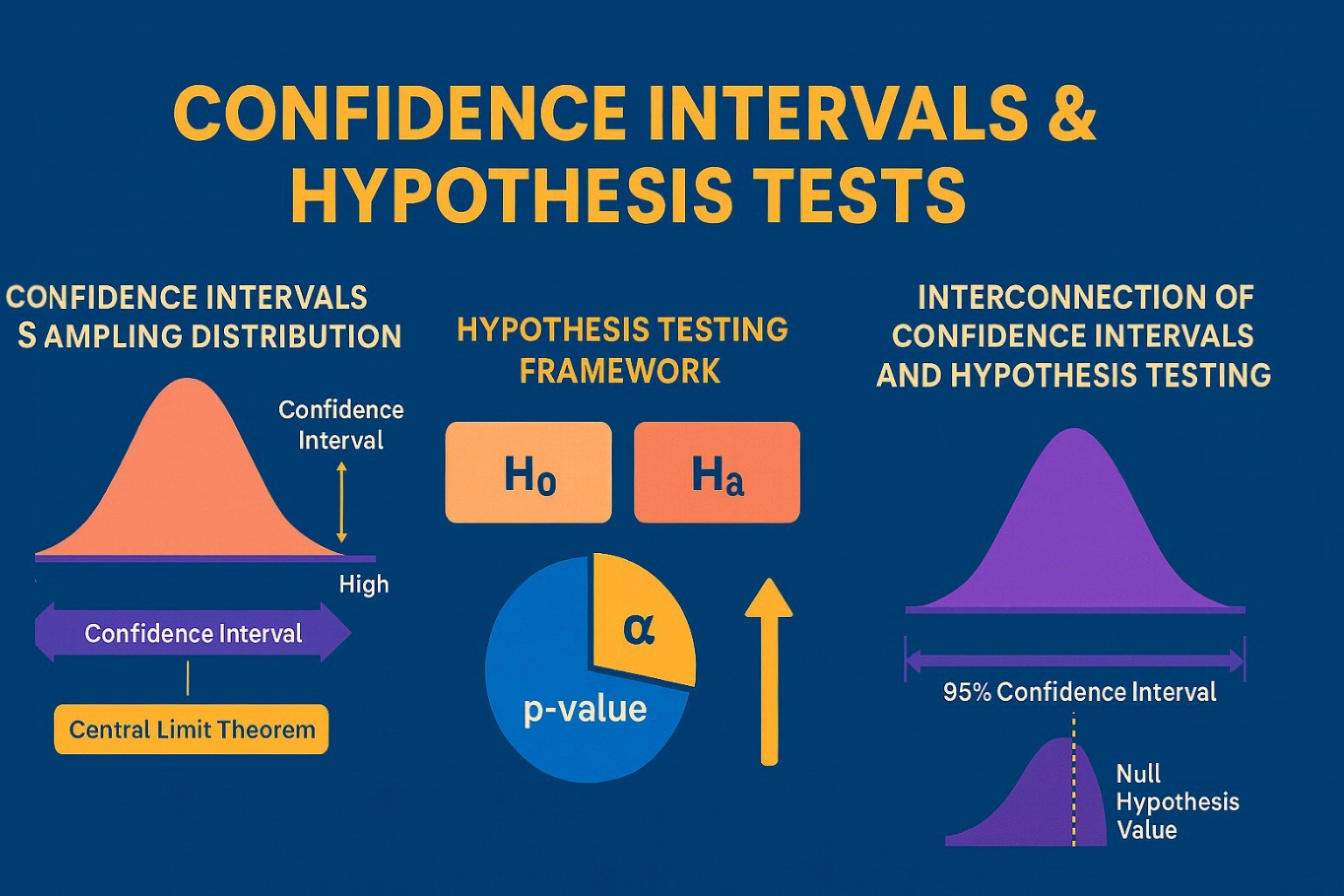
Confidence Intervals & Hypothesis Tests: The Data Science Path to Generalization
Learn how confidence intervals and hypothesis tests turn sample data into reliable population insights in data science. Understand CLT, p-values, and significance to generalize results, quantify uncertainty, and make evidence-based decisions.